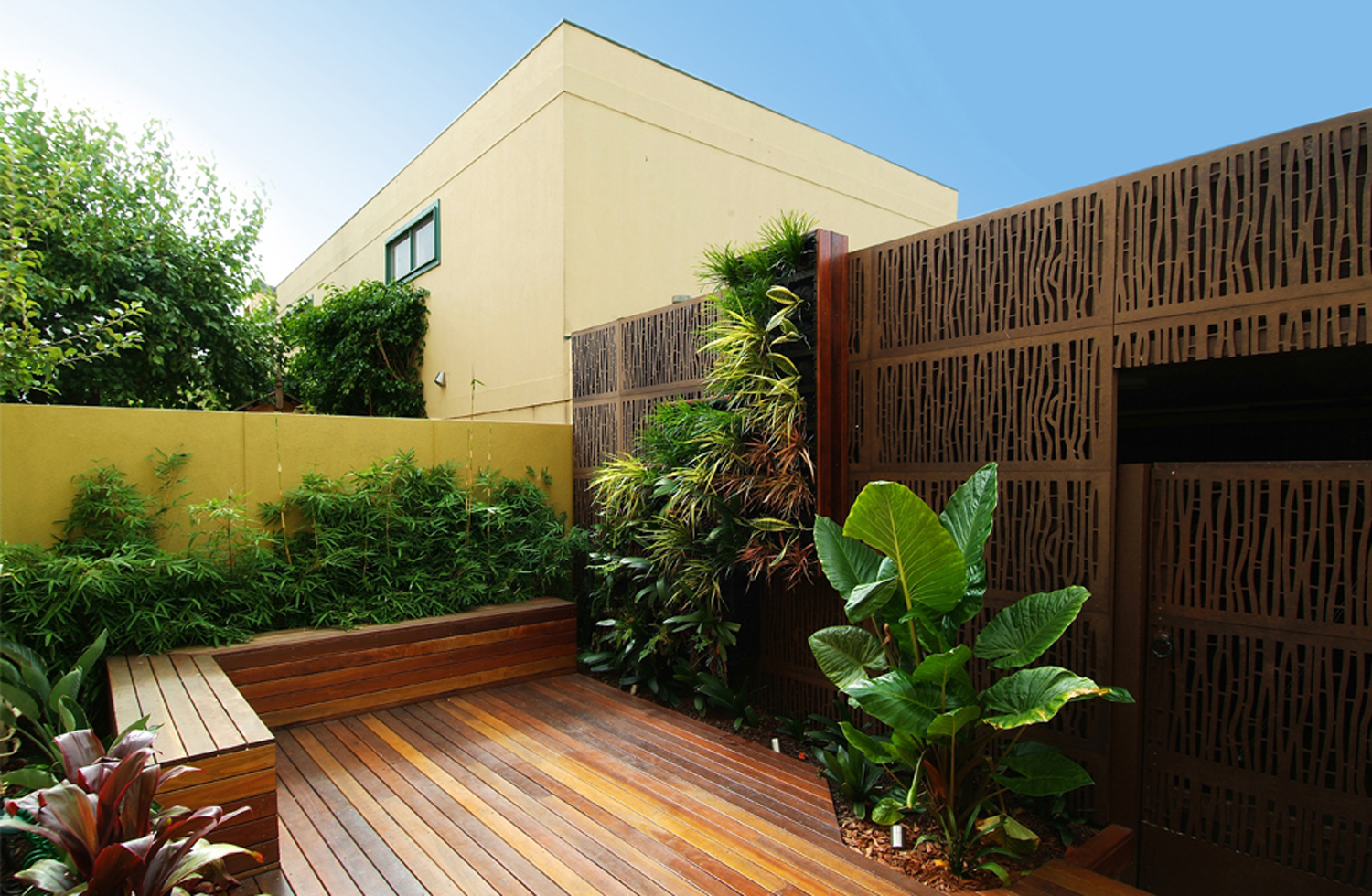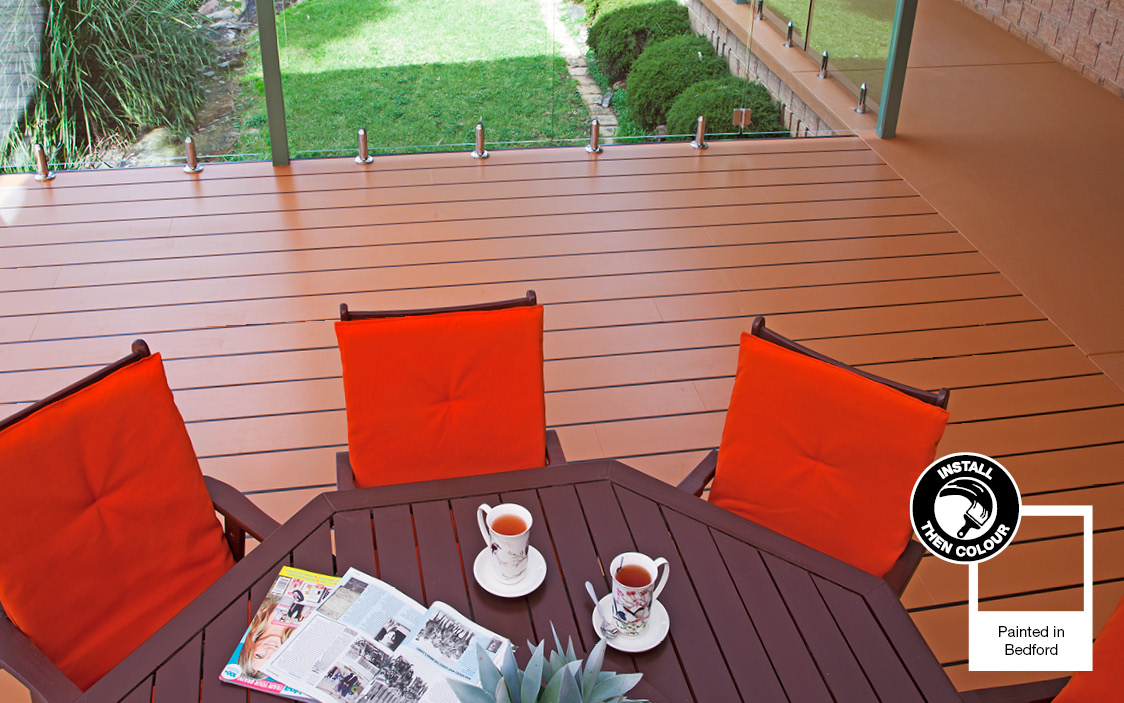Nestled in the suburbs of Sydney is a very special secret: a Balinese-inspired garden retreat
Story: Staff writer
Photos: Marian Riabic
When you lead a hectic worklife, you want to get away from all the hustle and bustle when you get home. This Sydney garden, designed for a busy working family, is a haven of tranquillity and peace. Behind the oriental gates that face a suburban street is a beautiful Balinese-inspired garden retreat.
The owners wanted a garden that was easy to access from the house, had a lush, tropical, modern feel and would be easy to maintain. Water was to play a major role in the garden as were sculptures, attractive pots and simple but colourful plants.
The house opens out into the garden on all sides via balconies and a series of courtyards and the garden encircles it on a gently sloping corner site. It is very much a house that connects the indoors and outdoors with seamless flow.
The garden is enclosed from the street on two sides by a high fence and hedging. Lavish gates allow entrance to the front of the house while a more modest gate on a side street conceals the business end of the garden — the garages, bins and clothesline.
Landscape designer Ken Lamb, from Imperial Gardens, says the garden is best described as “modern Balinese”, but many of the important elements are all Australian, including some plants and the sandstone paving. The large paving slab steps, which are a distinctive and a linking feature of the garden, are Bundanoon sandstone. Some pavers are up to 1m x 2m in size, are used in a geometric style and are edged with granite blocks.
The steps are of generous proportion, encouraging strolling and allowing easy access from one level to another. This gentle flow from one part of the garden to another is a critical part of the garden design. By utilising every part of the outdoor space the garden seems much larger and more complicated than it really is. There is no part of this garden that’s a no-go area. All areas are paved and planted.
Three rectangular ponds in the garden, each set in stone paving of granite cobblestones and broken sandstone, are discovered in the garden. At each pond, it is possible to sit and relax. Water iris is grown in some of the ponds. Throughout the garden there are also stone water bowls.
A wander through shows a simple planting scheme but one that provides year-round colour. From autumn to early spring, camellias bring touches of pink and red to the garden. Vireya rhododendrons and vibrant ixora provide flowers for many months.
Coloured foliage from red cordyline, yellow duranta and nandina provide year-round interest while the mahonia forms a living sculpture with its tall cane-like growth and large holly-like leaves. Borders of dark green mondo grass and giant liriope make gentle cascades that soften the edges between the paving and garden.
Traditional Balinese and oriental plants are also used throughout the garden, particularly bamboos and cycads. Of particular interest is the use of the giant Timor black bamboo, blue bamboo and ‘Alphonse Carr’, a bamboo that’s well-suited to hedging.
The plants are all contained in raised garden beds or in large terracotta pots. Designer Ken Lamb says the soil was poor so it needed to be built up to create a good growing environment. The raised beds along the boundary between the garden and next door also gave scope for instant screening. These boundary areas are planted with Austromyrtus ‘Blushing Beauty’, an Australian native screening plant with flushes of red new growth. All raised beds are rendered and finished with sandstone capping.
Adjacent to bold sculptural features such as the granite Buddha, planting is kept simple to allow the sculpture to take centrestage.




